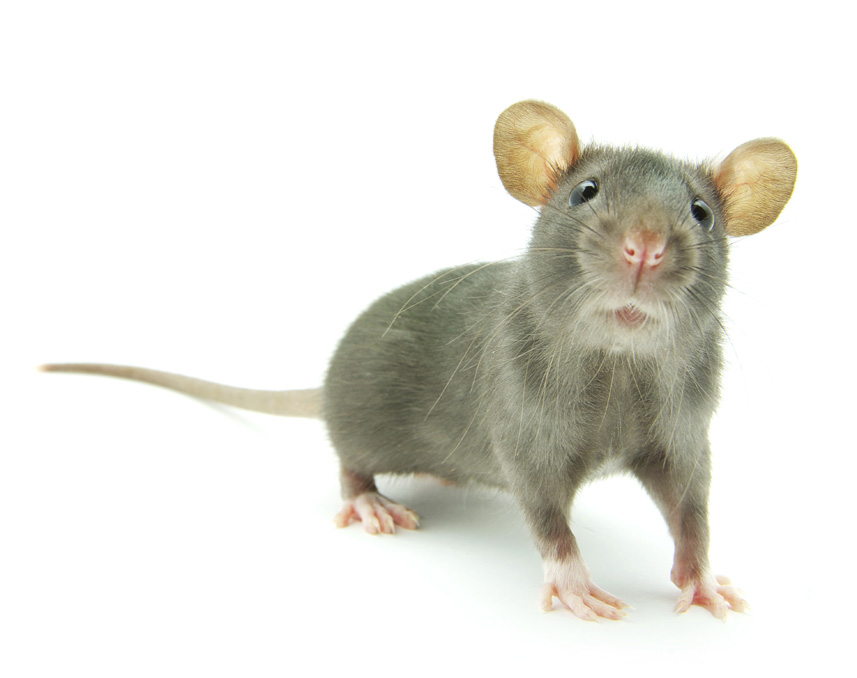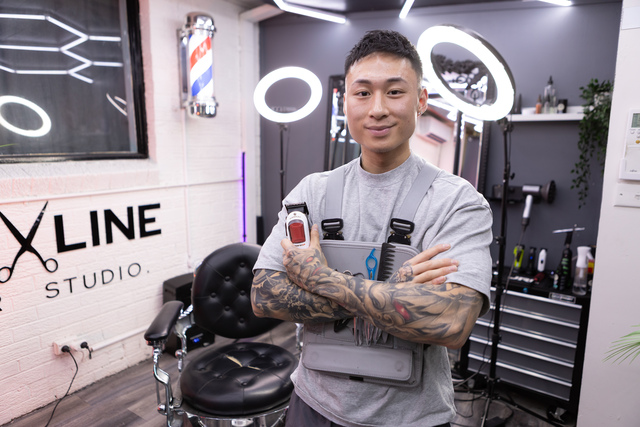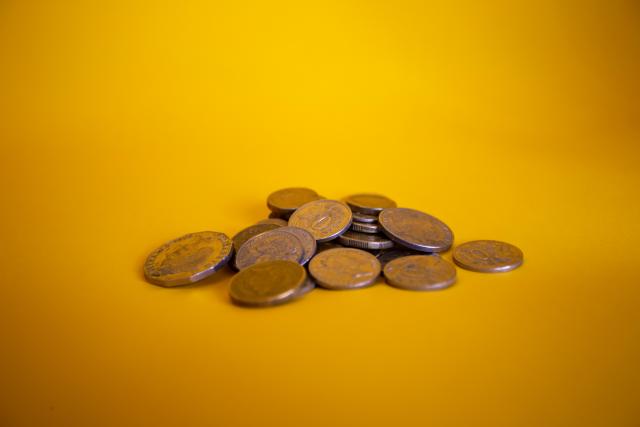On the faux-stone fireplace wall of our misplaced 1960s-’70s Austrian ski chalet, there is the stuffed and mounted head of a rabbit.
This extraordinary trophy was presented to me one birthday by my husband, who explained the space was too small for the ubiquitous stag head and, in any event, he couldn’t afford one.
Another woman might have told him to get stuffed, but for once in my life I was speechless.
You could call Colin a comeback. A smallish white and grey long-dead cockerel of indeterminate breed, I had Colin mounted on an upturned KFC “backyard bucket”.
It took some doing to persuade the suspicious pimpled “customer service leader” to hand over an empty, unused bucket for which I was prepared to pay $5.
He said it was policy that only people who bought a super-sized vat of deep-fried chicken pieces could have the container and got quite stroppy when told that, in that case, I’d still need an empty bucket to throw up in.
Colin came from the kind of shop, filled with taxidermied animals, distressed Ukrainian garden implements and ancient dentist chairs, that seems to be popping up everywhere.
While it’s nice to be on-trend in the stuffed animal department, I think maybe we are approaching peak taxidermy after stumbling across a site called Rest In Pieces.
Rest In Pieces – which is described as Australia’s largest taxidermy workshop – runs DIY day-long introductory classes in Thomastown that are routinely sold out.
The $500 classes are led by Natalie Delaney-John – an attractive, well-groomed blonde who doesn’t exactly scream mouse mortician.
According to the Rest In Pieces website, “Everyone will be given their own mouse to work on as they are guided step by step through the correct technique and process to skin, preserve and mount a standing specimen.
“Everything is supplied, including mouse, tools, aprons, lunch and a glass of bubbles to celebrate the end of a day that promises to be like no other.”
But the best part is you get to go home with your own dead mouse, only now it’s standing on its own hind legs begging to be given a decent burial.
Presumably if you stuffed enough mice you could make a mouse chess set or cutesy diorama of dancing mice or tableaux of mice playing tennis.
This taxidermy craze has already taken hold in Britain, where there are now do-it-yourself kits available for $50.
Each kit contains everything a budding taxidermist needs, from surgical gloves, scalpel, PVA glue, long needle-nosed pliers and galvanised wire to Liqua-Cure tanning solution and borax.
It’s the same in New York, where people are reportedly enrolling in “anthropomorphic taxidermy” classes in droves.
Now, mice are pests, but it seems most of the critters being transformed into bizarre coffee table ornaments, such as “the Hamlet mouse complete with cape, ruffle and mini skull”, were commercially bred for the purpose of feeding reptiles.
What if all this extra demand is inflating the cost of mice, leaving the poor pythons out of pocket?
I definitely smell a rat somewhere.
It seems as if you can’t turn around these days without finding a dead animal peering at you from some quarter, I observe to the hubby in the shadow of an oryx watching mournfully over proceedings in my local.
If that fell on you, I wonder, would they say you were impala-ed.







